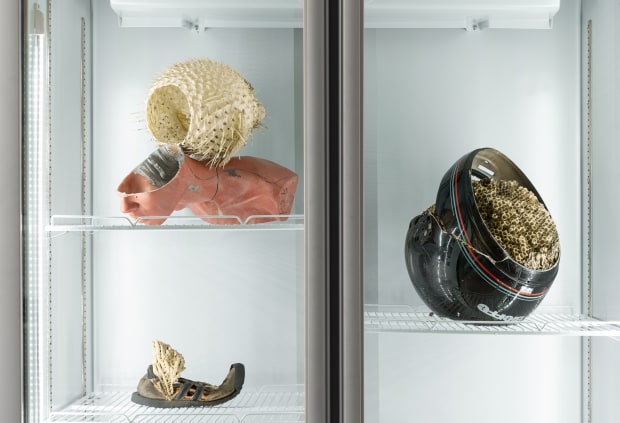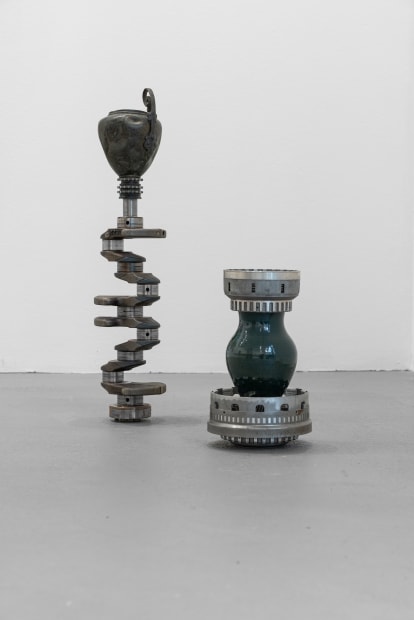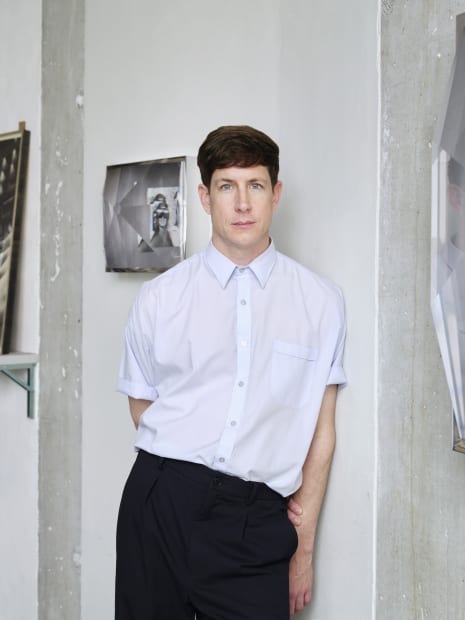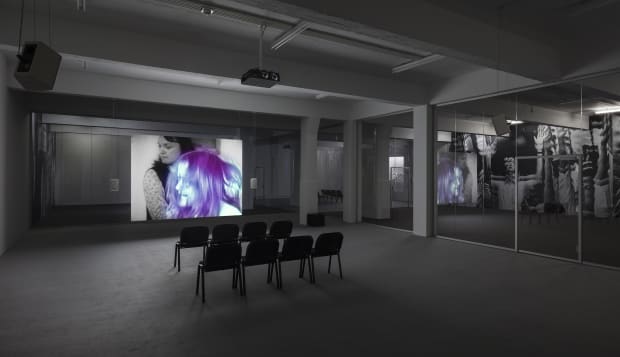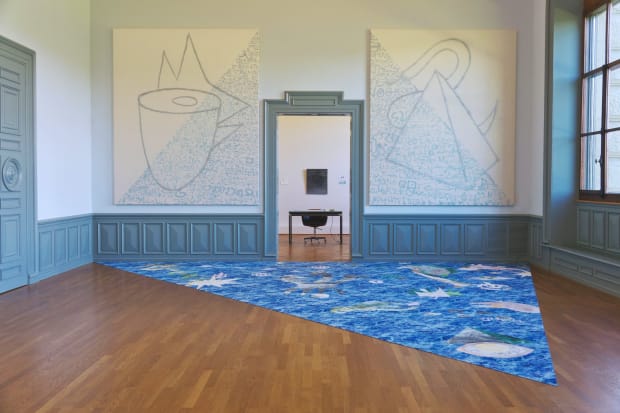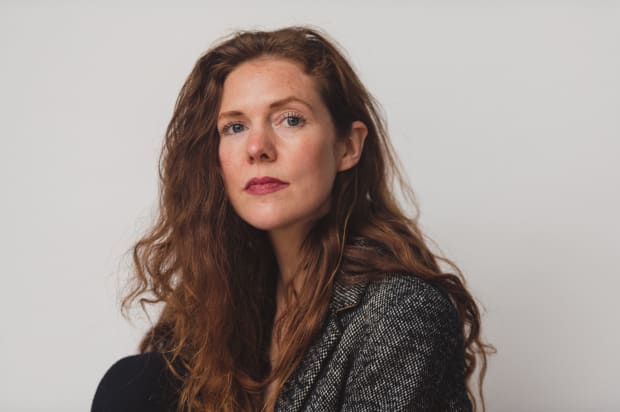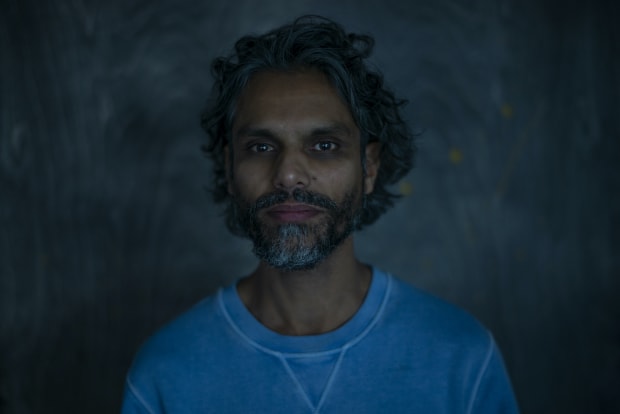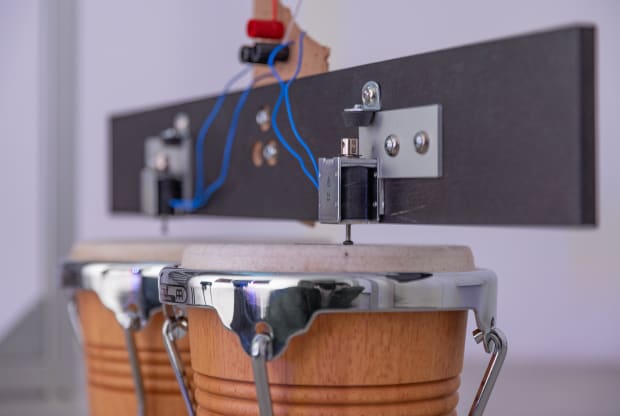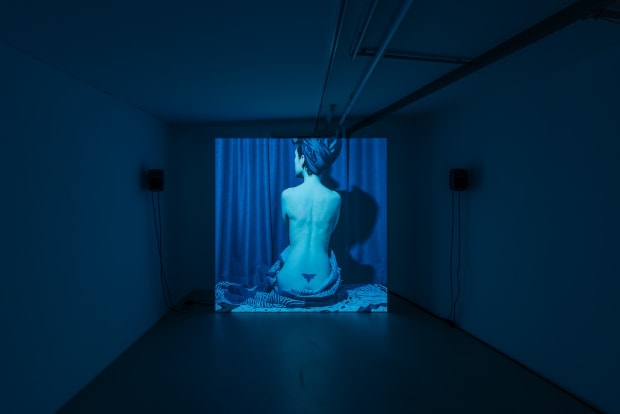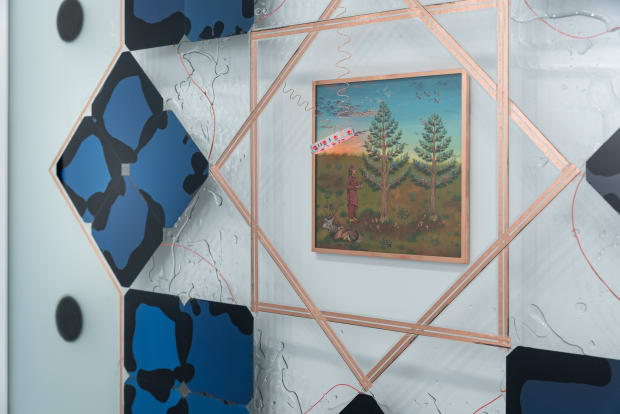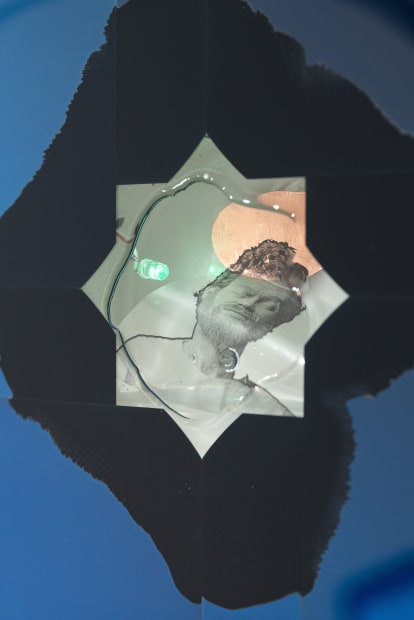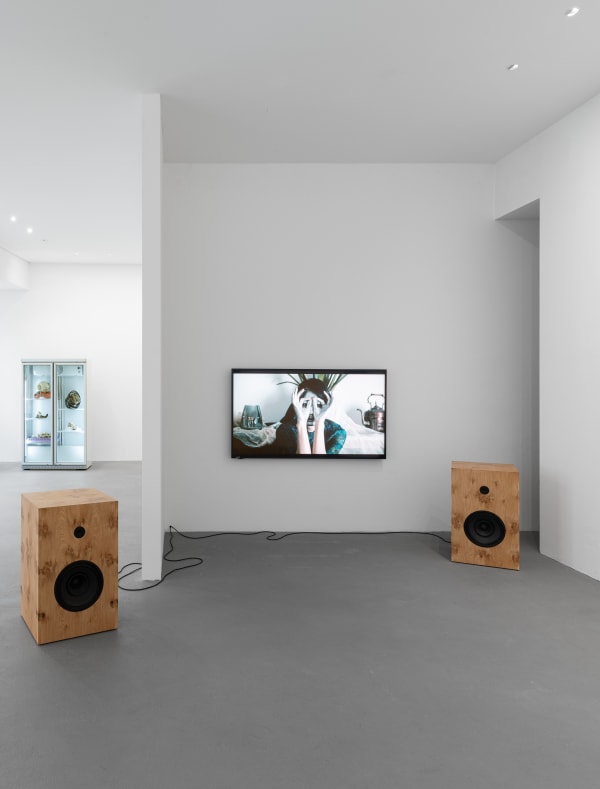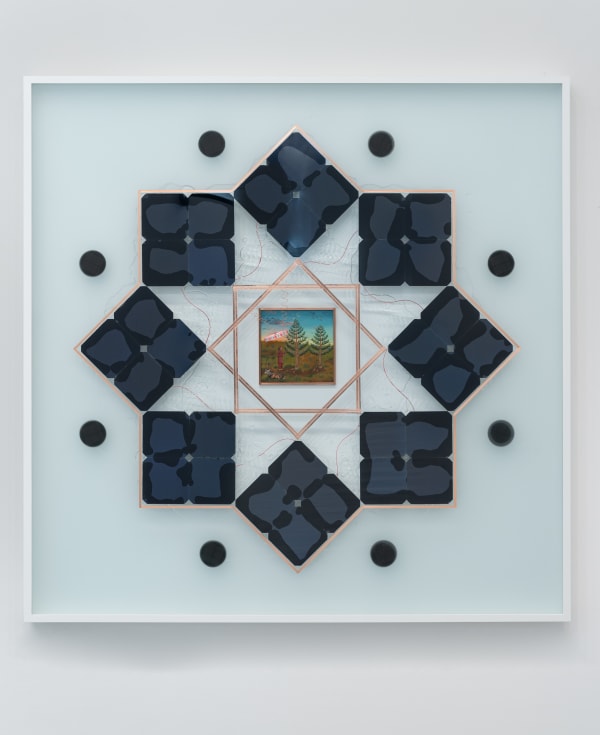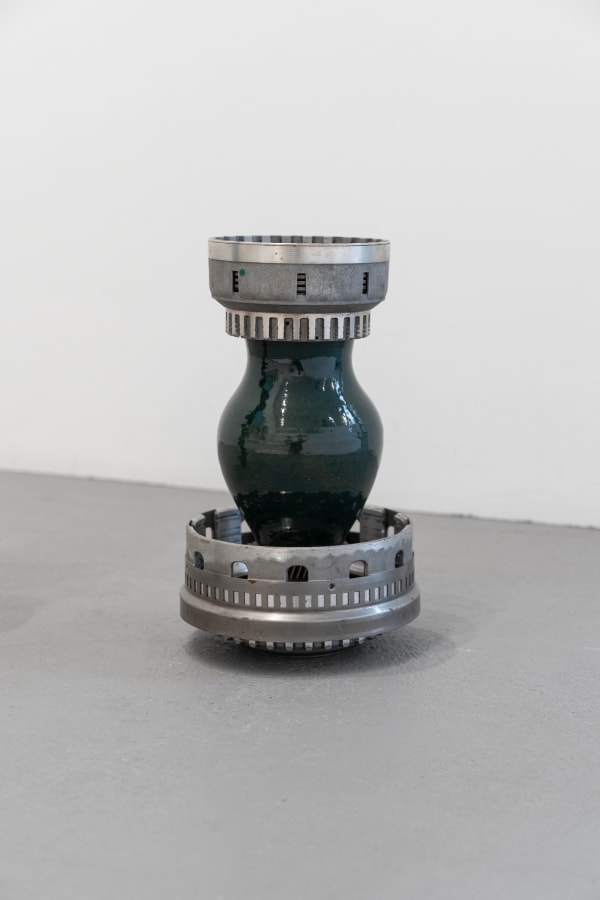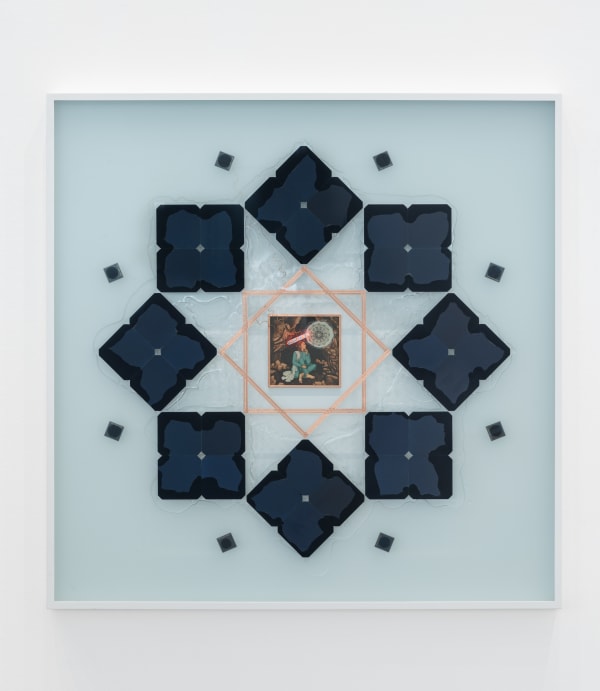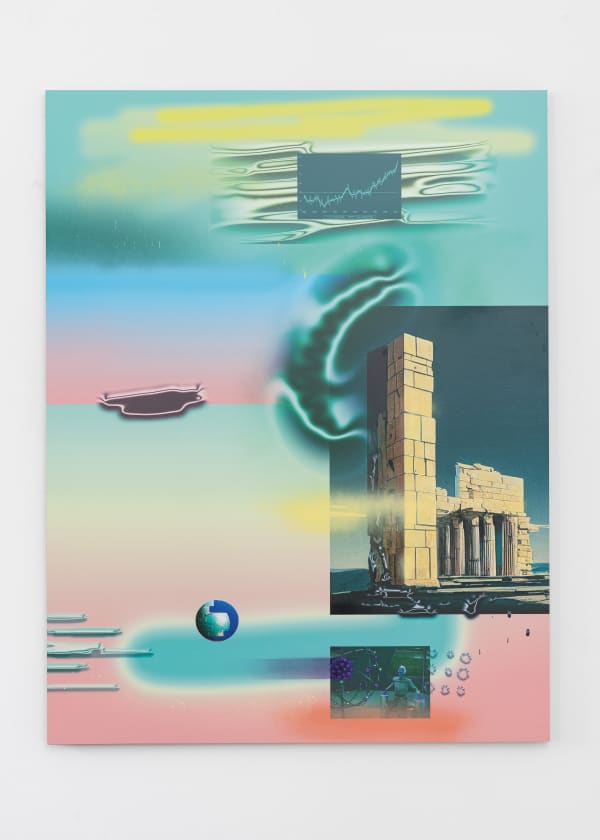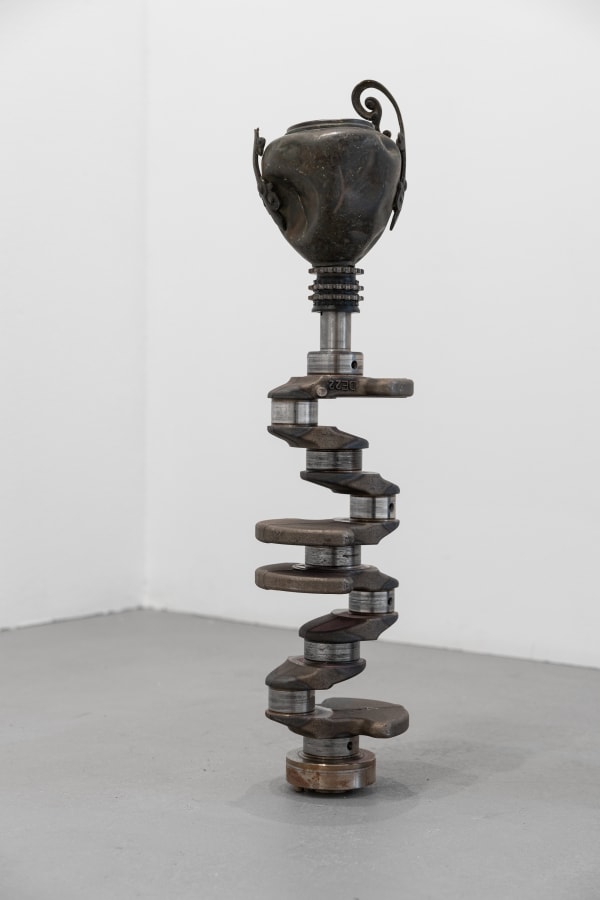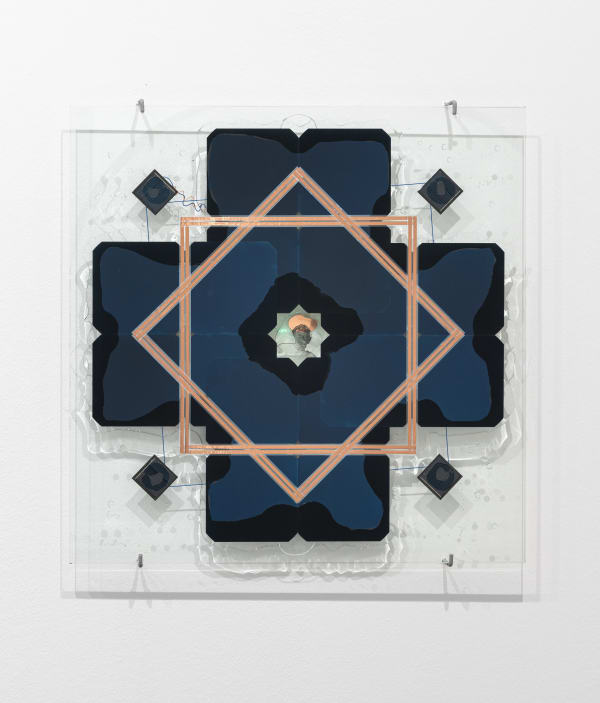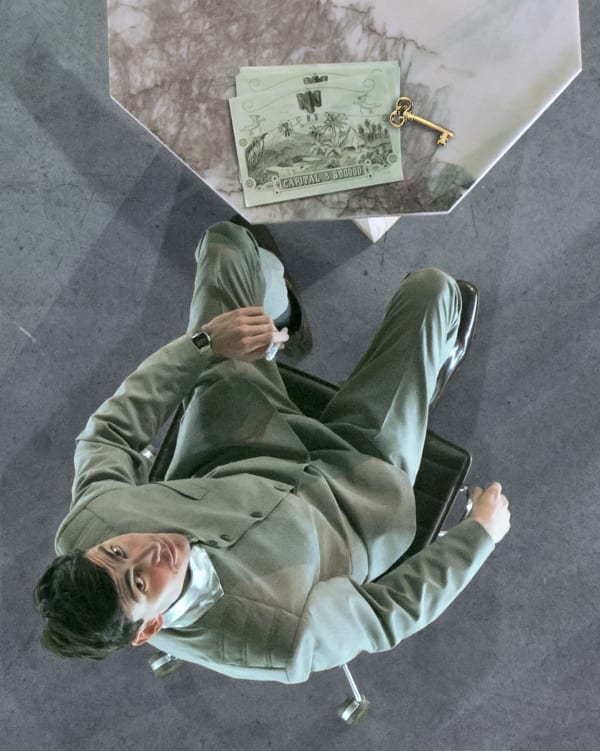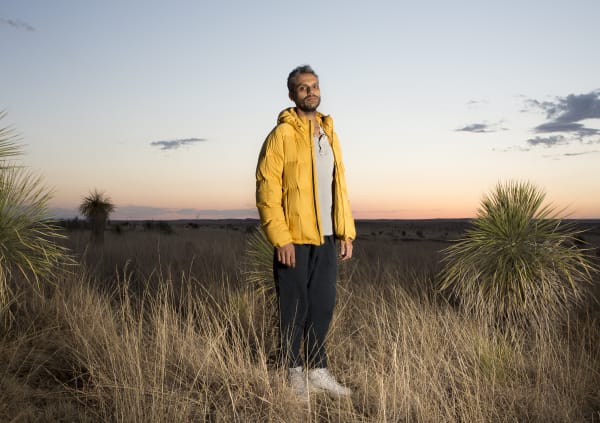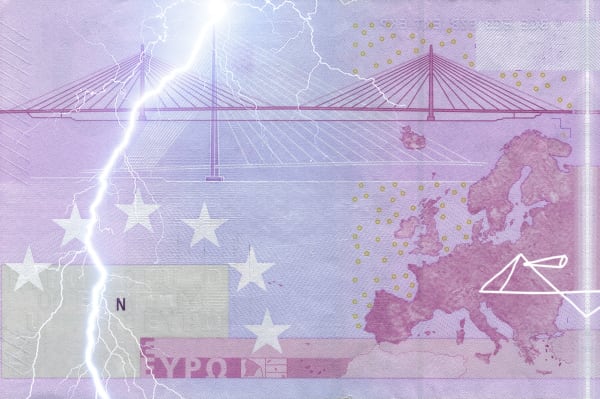-

-
-
Nicolás Lamas
-

-

-
-
-

-
Jeremy Shaw
-

-
-

-

-
Niko Abramidis &NE
-

-
-

-

-
Helga Dóróthea Fannon & Haroon Mirza
-
-

-

-
-
-
Haroon Mirza
-

-
-
-
available works (selection)
for further information click on the images -
-
further information
-
-

Niko Abramidis &NE
-

Nicolás Lamas
-

Haroon Mirza
-

Jeremy Shaw
-

failed transcendence
8 September - 11 November 2023 MunichThe group exhibition failed transcendence presents works by Niko Abramidis &NE, Helga Dóróthea Fannon, Nicolás Lamas, Haroon Mirza and Jeremy Shaw. Their dialogue creates a multimedia exploration of traditional notions...
-
-
-

Becoming a New Entity | Niko Abramidis &NE
3 September - 24 October 2020Niko Abramidis &NE (*1987 in Europe, lives and works in Munich and Berlin, DE) opens up a diverse spectrum dealing with economic structures and visions of the future. Within his... -

energy/power | haroon mirza
Haroon Mirza views himself as a composer and utilizes sound, video, electronic circuits and everyday objects to develop a complex body of work in which he examines the function of...
-




